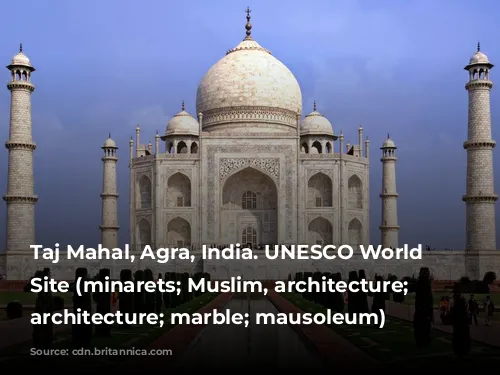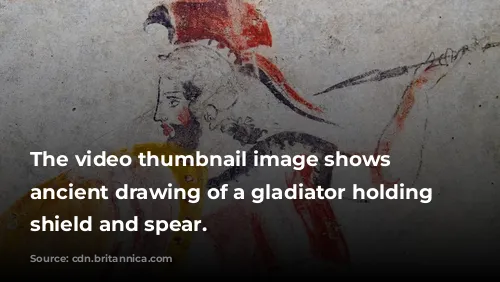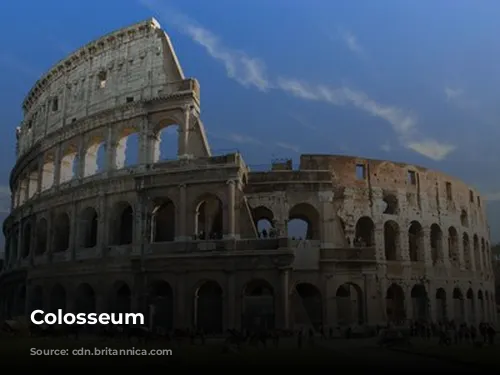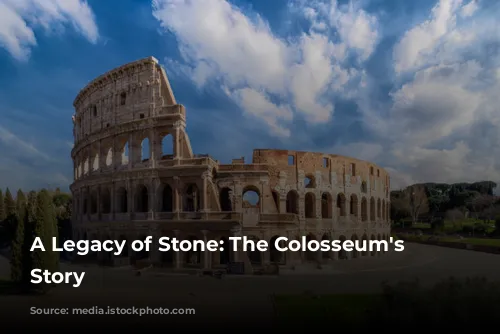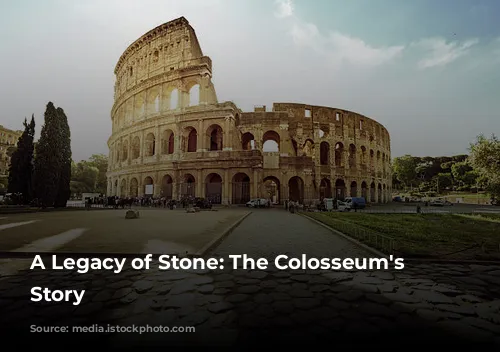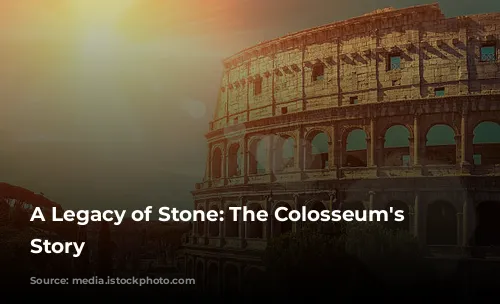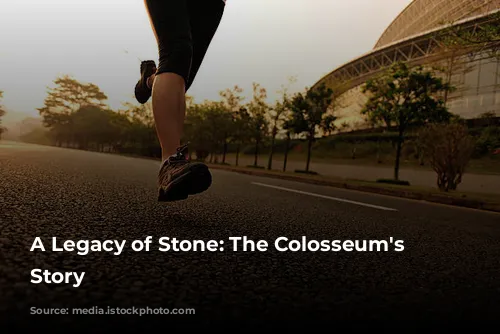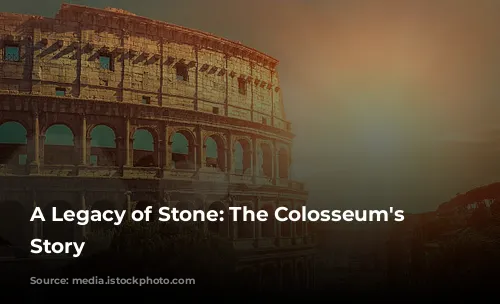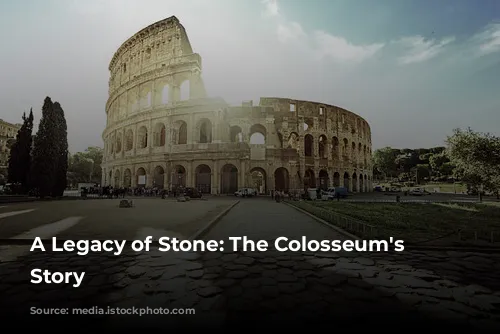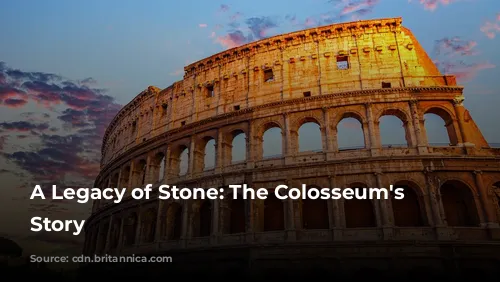The Colosseum: a name that resonates with power, grandeur, and history. Standing as one of the few nearly complete structures left from the mighty Roman Empire, it is a testament to the incredible architectural and engineering skills of the ancients. But its significance extends beyond mere bricks and mortar; the Colosseum is also a major economic engine for modern-day Italy.
A Symbol of Power and Entertainment
The Colosseum was born out of the desire to reinvigorate Rome following a tumultuous period. Emperor Vespasian, who ascended to the throne after a turbulent year of political upheaval, envisioned the Colosseum as a grand spectacle – a place where the citizens could celebrate their collective identity and be entertained by gladiator fights, animal hunts, and even mock naval battles.
Construction began in 70 CE under Vespasian’s reign and was completed by his son Titus in 80 CE. The Colosseum’s fourth story was a later addition by Emperor Domitian in 82 CE. It’s fascinating to note that the Colosseum was financed with booty from Titus’s conquest of Jerusalem and built by Jewish slaves from the captured city. This fact adds a layer of complexity to the Colosseum’s history, highlighting the stark realities of the Roman Empire’s power dynamics.
A Monument of Marble and Might
The Colosseum is an elliptical amphitheater constructed with stone, concrete, and tuff – materials that reflect the Romans’ impressive engineering prowess. This towering structure reaches four stories high and measures an impressive 620 by 513 feet (189 by 156 meters). The Colosseum could accommodate an astounding 50,000 spectators and was a central hub for gladiatorial combat. Its sheer size and architectural ingenuity speak volumes about the Romans’ ambition and their commitment to public spectacle.
From Arena to Fortress and Quarry: A Long and Winding Path
The Colosseum witnessed a dramatic shift in fortune after the fall of the Western Roman Empire. It fell into disrepair and was repurposed by powerful families who used it as a fortress during the 12th century. The Colosseum was further stripped of its materials in the late 15th century when Pope Alexander VI granted permission to use its stones as a quarry. The once-majestic amphitheater became a source of building material, a stark reminder of the impermanence of even the most enduring structures.
A Rebirth and a Legacy
The Colosseum, neglected for over a thousand years, received a much-needed restoration in the 1990s. This monumental effort brought the Colosseum back to life, restoring its glory and ensuring its future as a major tourist attraction. Today, millions of visitors from around the world flock to witness the grandeur of the Colosseum, making it one of Rome’s most popular tourist destinations.
The Colosseum, standing tall after centuries of neglect, is more than just a pile of stones. It is a symbol of resilience and a testament to the enduring power of human ingenuity. It is a powerful reminder of the rise and fall of empires, and yet, it remains a timeless emblem of Rome’s rich history and cultural legacy. As visitors continue to marvel at its size and architecture, the Colosseum continues to inspire awe and wonder, connecting generations to the enduring spirit of ancient Rome.
